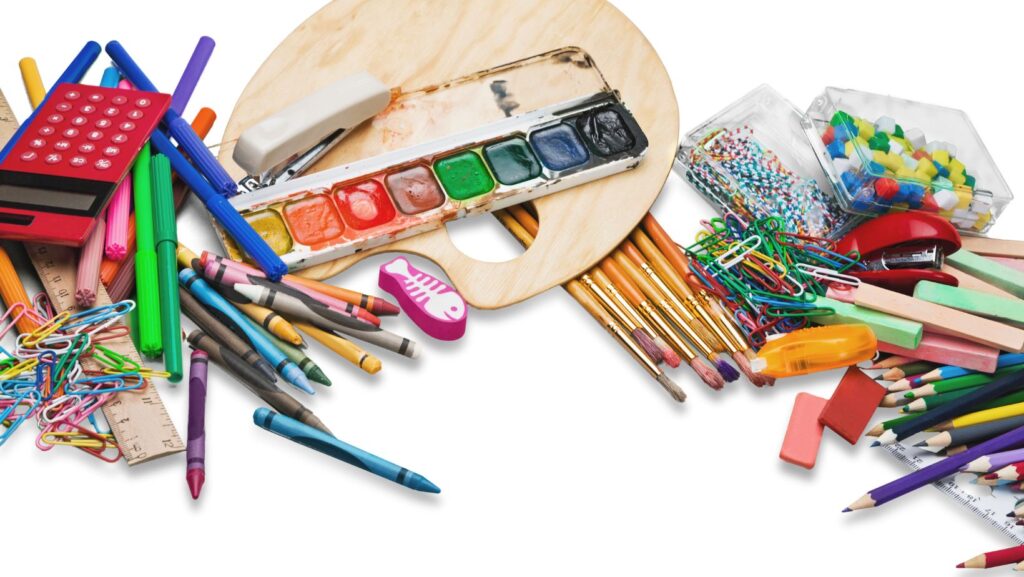Exploring the vibrant world of Turkey arts and crafts is a delightful journey filled with rich cultural heritage and artistic expressions. From intricate ceramics to colorful textiles, Turkey’s artistic traditions have captivated enthusiasts worldwide. As an avid admirer of diverse art forms, I’ve always been fascinated by the unique blend of history and creativity that Turkey arts and crafts offer.
In this article, I’ll delve into the mesmerizing realm of Turkey arts and crafts, shedding light on the techniques, symbolism, and stories behind these masterpieces. Join me as we unravel the beauty and significance of Turkish artistry, celebrating the craftsmanship that has been passed down through generations. Whether you’re a seasoned art collector or simply appreciate the beauty of handmade treasures, Turkey’s arts and crafts are sure to inspire and enchant you.

Turkey Arts and Crafts
Traditional Art Forms
Exploring the evolution of Turkey arts and crafts unveils a rich tapestry of traditional art forms that have defined the cultural heritage of the region. From intricate ceramics to colorful textiles, Ottoman calligraphy to Ebru art, Turkish artistry encompasses a diverse range of expressions that reflect a blend of history, creativity, and symbolism. These traditional art forms not only showcase the artistic talents of the Turkish people but also serve as a link to their past, preserving age-old traditions for future generations to appreciate.
Influence of History on Contemporary Crafts
The influence of history on contemporary Turkish crafts is profound, shaping the way artisans approach their work and infusing modern creations with a sense of tradition and heritage. Throughout the centuries, Turkey arts and crafts have evolved in response to historical events, cultural exchanges, and technological advancements, resulting in a dynamic fusion of old and new. From Anatolian carpets to miniature paintings, these contemporary crafts continue to pay homage to their historical roots while embracing innovation and creativity in a rapidly changing world. This delicate balance between tradition and modernity is a hallmark of Turkish arts and crafts, ensuring that these timeless expressions of creativity remain relevant and captivating in the present day.

Popular Techniques in Turkish Artistry
Calligraphy and Illumination
Exploring calligraphy and illumination in Turkish artistry showcases the intricate fusion of text and visuals in traditional art forms. Calligraphy, known as “hat” in Turkish, holds a significant place in Islamic art, often found in manuscripts, mosques, and decorative arts. It’s a revered art form that emphasizes the aesthetic and spiritual dimensions of written language. Utilizing Arabic script, calligraphers create intricate compositions that adorn various surfaces, from paper to ceramics.
Illumination, or “tezhip” in Turkish, complements calligraphy by adding decorative elements such as floral motifs, geometric patterns, and gold leaf accents to manuscripts and artworks. This meticulous art form enhances the beauty of calligraphic pieces, reflecting the cultural sophistication and artistic expertise of Turkish artisans. The combination of calligraphy and illumination results in stunning visual harmony, captivating viewers with its blend of ornate script and intricate designs.
Celebrating Cultural Diversity through Turkish Handicrafts
Exploring Turkey arts and crafts reveals a rich tapestry of cultural diversity intertwined with artistic expression. Turkish handicrafts embody a fusion of tradition and innovation, reflecting the intricate heritage of the country. From traditional techniques like calligraphy and illumination to contemporary interpretations, Turkish artisans continually celebrate their cultural roots through their exquisite creations.
In Turkish arts, calligraphy, or “hat,” stands as a pillar of Islamic artistry, revered for its aesthetic beauty and spiritual essence. The art of calligraphy transcends mere writing; it embodies a profound connection to the divine and a deep respect for the written word. Through intricate strokes and careful attention to detail, calligraphers infuse each piece with a sense of reverence and elegance that captivates viewers.
